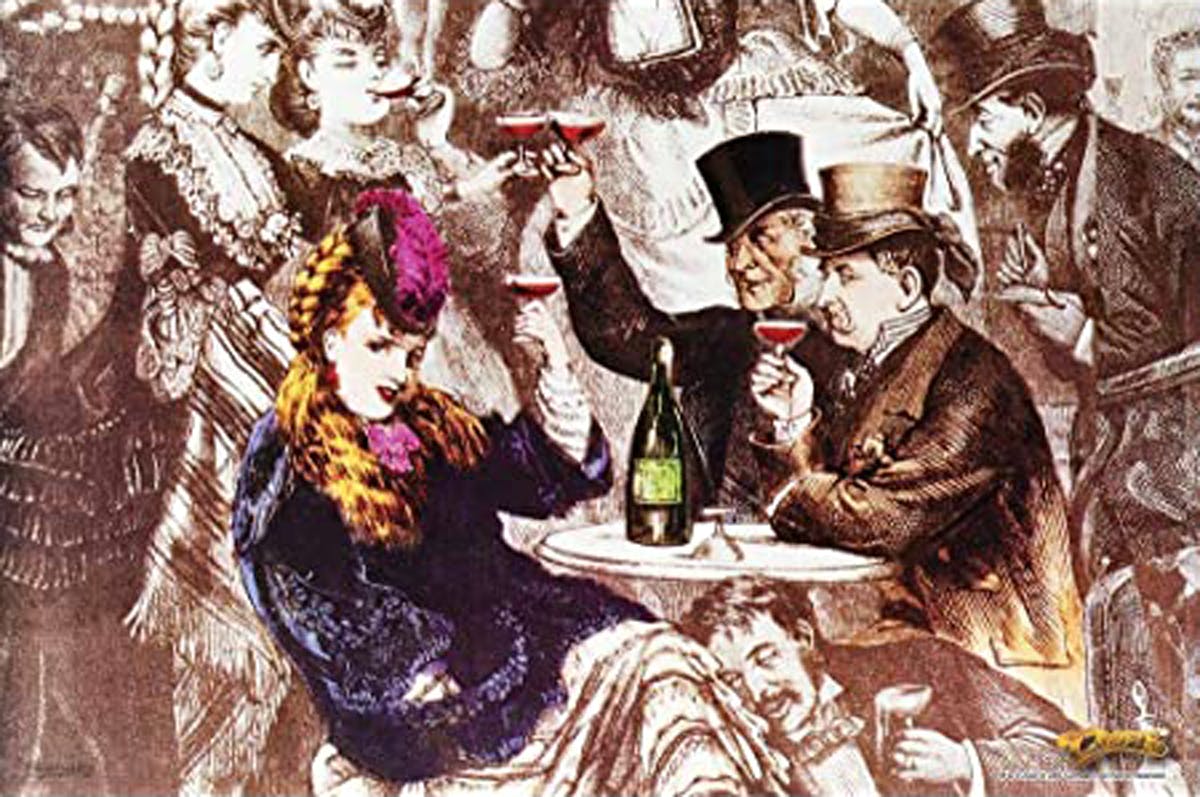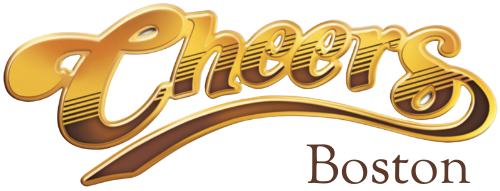The History of Boston’s Drinking Culture: From Colonial Taverns to Modern Craft Beer Bars

Boston’s drinking culture is more than just about having a drink—it's woven into the fabric of the city’s history, its people, and its identity. From the early days of colonial taverns to the rise of craft beer bars, the evolution of drinking in Boston tells the story of a city shaped by politics, culture, and, of course, a good pint. Whether you’re a local or a visitor, understanding Boston’s drinking history gives you a deeper appreciation for the beer in your hand and the barstool you’re sitting on.
Colonial Taverns: The Birthplace of Boston’s Pub Culture
Boston’s drinking history begins in the colonial era, when taverns served as the heart of the city’s social and political life. Long before bars became places to just grab a quick drink after work, these early establishments were the hubs of Boston’s social scene. In fact, they were much more than watering holes—they were meeting places where people would gather to discuss the news of the day, debate politics, and even plot revolutionary activities.
One of the most famous early taverns was the Green Dragon Tavern, which became known as the "Headquarters of the Revolution." It was in this very space that Patriots like Samuel Adams, Paul Revere, and John Hancock would discuss plans that eventually led to the American Revolution. You can still visit the spot today, where the tavern’s legacy as a place of political importance is still celebrated.
Taverns also played an important role in providing sustenance to the city’s working-class population. Beer was safer to drink than water, and it was a drink that could be consumed throughout the day. A meal with a pint of beer (or two) was an essential part of the daily routine for many Bostonians in the 1700s.
The 19th Century: Irish Immigration and the Rise of the Pub
By the 1800s, Boston was experiencing an influx of Irish immigrants fleeing the Great Famine. With them came a strong pub culture, deeply rooted in the communal aspect of drinking. Irish pubs were known not only for their beer but also for their sense of community. People would come together, often after a long day of labor, to sing, chat, and drink together in a warm, welcoming environment.
The 19th century also saw the growth of the temperance movement in Boston, which sought to curb alcohol consumption, especially among the working classes. This created a divide in Boston’s drinking culture: one side pushing for more regulation and temperance, and the other side resisting these moralizing efforts, continuing to gather in their favorite taverns. As the city navigated the complexities of these social movements, drinking remained an integral part of everyday life.
Prohibition and the Rise of Speakeasies
Prohibition in the early 20th century hit Boston hard. While the temperance movement had gained momentum in the decades leading up to the 1920s, Bostonians were far from ready to give up their beer and whiskey. Boston’s many speakeasies (illegal bars hidden in basements, back alleys, and other secretive locations) became the stuff of legend. Some of these hidden spots are said to still exist in the city today, though their stories are often wrapped in mystery.
Despite the challenges, Boston's drinking culture never fully disappeared. It adapted to the times, finding ways to continue to bring people together—albeit covertly. The Jazz Age was alive and well in the back rooms of Boston, and the city’s speakeasies became popular spots for musicians, artists, and intellectuals to congregate.
Post-War Boom: The Rise of the Dive Bar
After Prohibition ended, the 1950s and 60s saw the rise of a different type of drinking establishment in Boston: the dive bar. These were no-frills places where locals could kick back, grab a beer, and forget about the stresses of the day. Dive bars had an authenticity that’s still cherished in Boston’s drinking culture. Places like The Silhouette Lounge and TITS (The Intermission Tavern) became legendary, and their role in creating the gritty, blue-collar reputation of Boston drinking cannot be overstated.
The dive bar culture emphasized a no-nonsense attitude toward drinking. It wasn’t about fancy cocktails or elaborate décor—it was about good company, cheap beer, and a solid jukebox to accompany the conversation. These spots became the staple watering holes for generations of Bostonians, embodying a working-class ethos that still lives on in many of the city's bars today.
Craft Beer Revolution: A New Wave of Drinking Culture
Fast forward to the 21st century, and we find ourselves in the midst of an exciting new chapter in Boston’s drinking history: the craft beer revolution. As the craft beer movement gained steam across the United States, Boston’s drinking culture began to shift toward a more refined and experimental approach to beer.
The opening of iconic craft breweries like Harpoon Brewing in 1986 helped put Boston on the map as a brewing powerhouse. Since then, the city has seen a boom in local craft breweries, with spots like Trillium Brewing, Night Shift Brewing, and Dorchester Brewing Company leading the charge. These establishments not only serve up delicious, small-batch brews, but they’ve also created an entirely new drinking experience in Boston—one focused on flavor, innovation, and community.
Today, Boston is home to an incredible array of craft beer bars, where you can sample everything from IPAs to stouts, sours to lagers. These bars often emphasize local, seasonal ingredients, creating an experience that’s unique to Boston and its surrounding areas. They’ve become a focal point for young professionals, beer connoisseurs, and anyone who wants to explore the diverse world of modern brewing.
Boston’s Drinking Culture Today: A Tapestry of Tradition and Innovation
From colonial taverns to craft beer bars, Boston’s drinking culture has evolved in ways that reflect the city’s own growth and transformation. The past and present of drinking in Boston blend seamlessly together, with dive bars standing side by side with hip craft beer spots, and historical pubs sharing space with modern cocktail lounges. There’s a sense of continuity, as the city’s bars continue to serve as places where people gather to connect, share stories, and enjoy each other’s company.
For locals and visitors alike, understanding the history behind Boston’s drinking culture enhances the experience. Whether you're sipping a traditional pint at a historic tavern or trying the latest seasonal brew at a craft beer bar, you're participating in a long-standing tradition—one that's been brewing for centuries.
As Boston continues to grow and change, so too will its drinking culture, but one thing is for sure: no matter the trends or changes in the industry, Bostonians will always know how to raise a glass. Cheers to that!
